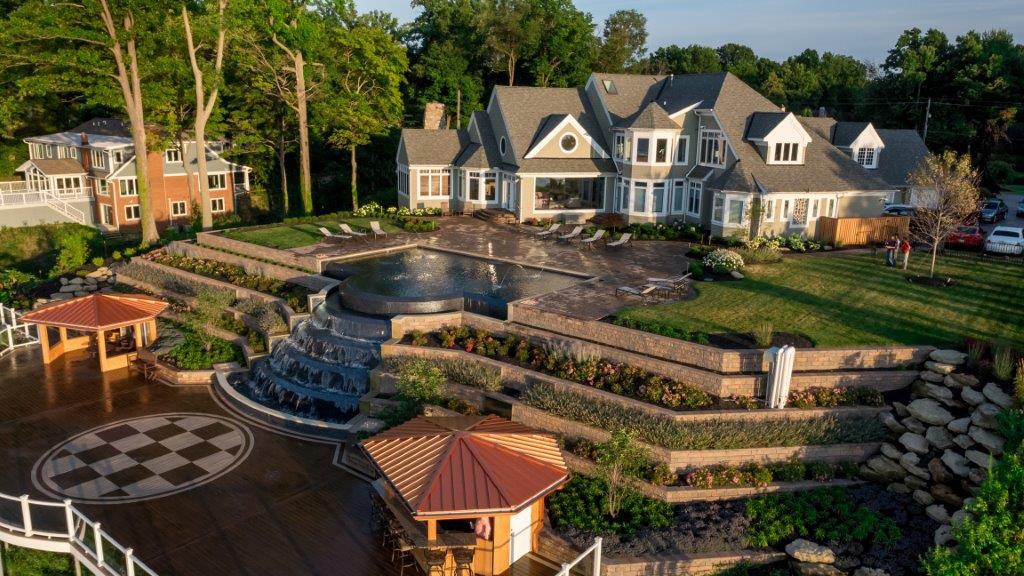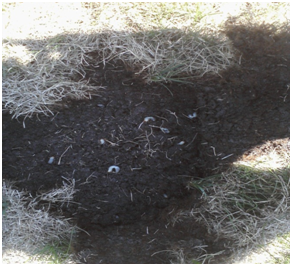Latest Stories

Subscribe to Our Blog
Cleveland Landscaping Fall Lawn Care - Beware of Grubs
 Cleveland landscaping grub removal - As we all breath a huge sigh of relief that the hot, dry days of summer have come to an end, a new problem begins. Grubs. The dirty white larva of the Japanese beetle. If we didn’t hate you back in July when you ate our roses and any other leaf or flower you could get your shiny little legs on, we really hate you now that you are chomping on our lawns.
Cleveland landscaping grub removal - As we all breath a huge sigh of relief that the hot, dry days of summer have come to an end, a new problem begins. Grubs. The dirty white larva of the Japanese beetle. If we didn’t hate you back in July when you ate our roses and any other leaf or flower you could get your shiny little legs on, we really hate you now that you are chomping on our lawns.
How to identify that grubs are attacking your lawn:
Unfortunately, you are often the last to know about the grub party that is going on in the lawn. If you spot moles, skunks, raccoons, or robins in the yard, or the remnants of their digging, it is a sure sign you have a grub problem. The dead area will be spongy and the grass will peel back like a piece of carpet. Sometimes you will no longer see the grubs in these areas because they have moved on to greener pastures. When they are there, you will see them lying on their side, curved in a c-shape position. See photo above.
How to get rid of the grubs:
So now that you know the grubs are there, you need to know what to do about them. Back in the summer, I would have suggested that you stop watering. Grubs like a nice lawn that isn’t stressed. Now though, the lawn needs to be as healthy as can be. We have been getting enough rain lately to keep the grass happy, but in a dry fall, you would want to keep watering. The next step is often a chemical treatment. Ideally, treatment would have been applied in the summer when the grubs were smaller. That being said, it may take more than one application to fully take care of the problem. Whether you applied the chemical, or you hired a company to do so, just remember that all chemicals need to be watered in. If chemicals are not an option, your best defense is to try and save the grass that hasn’t been killed. Proper watering and a heavy aeration are possibilities.
How to repair your lawn and prevent the grubs from coming back next year:
Now that you have treated and killed the grubs, you will most likely need to seed the affected areas. Remove the dead grass and dig out an area 4-6” deep. Replace with new soil and add the seed. Make sure to rake in or pat down the seed. This will ensure good seed to soil contact. Lastly, spread some straw. This helps with moisture control as well as keeping the hungry birds away. Just remember, do not try and grow new grass until the grubs are dead. You will just be wasting your time and money!





